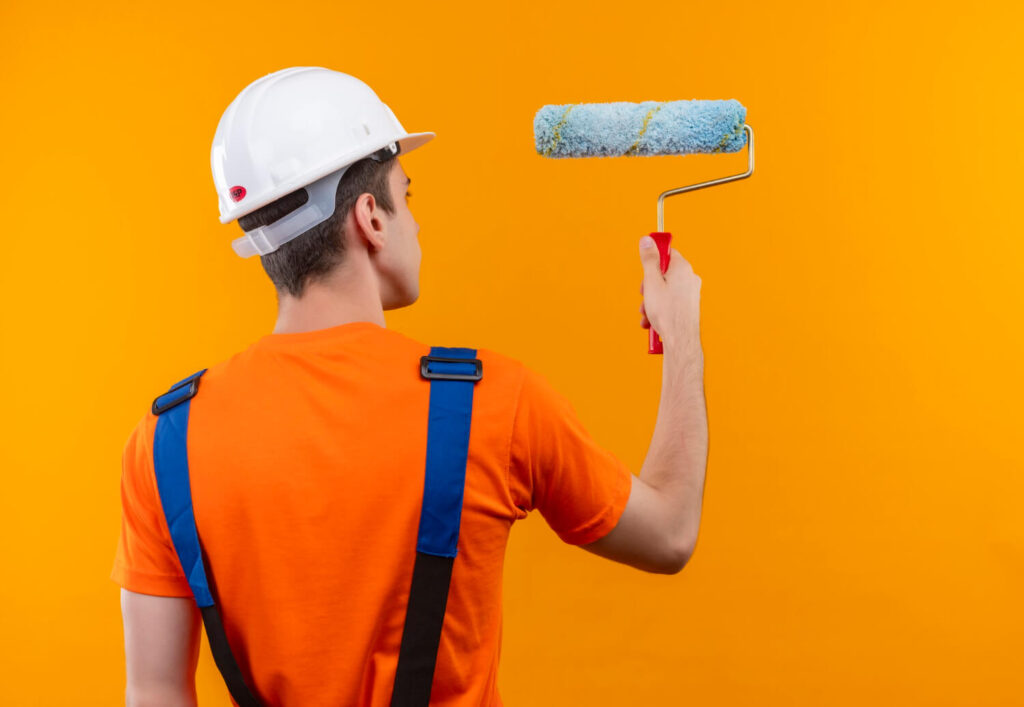Adelaide’s unique Mediterranean climate, characterised by hot, dry summers and cool, wet winters, presents specific challenges when it comes to painting by painters adelaide to your home. The weather can significantly impact the longevity and appearance of both interior and exterior paint, making it essential to choose the right products and timing for any painting project. Whether you’re refreshing the outside of your home or updating your interior spaces, understanding how weather affects paint is crucial for homeowners in Adelaide.
Extreme Heat and UV Exposure
One of the biggest weather challenges Adelaide homeowners face is the intense heat during the summer months. With temperatures often soaring above 30°C, the harsh sun can cause exterior paint to fade, blister, and crack over time. The constant exposure to ultraviolet (UV) rays weakens the chemical bonds in paint, especially if it’s not designed to withstand high temperatures and sun exposure.
To combat these effects, it’s important to choose high-quality, UV-resistant paints specifically formulated for exterior use. These paints are designed to resist fading and can better endure Adelaide’s scorching summers. Additionally, opting for lighter colours can help reflect sunlight and reduce heat absorption, preventing the surface from becoming too hot and prolonging the life of your paint job.
For interior painting, Adelaide’s hot weather can also affect drying times. Paint dries faster in hot conditions, which can lead to uneven coverage if not applied correctly. It’s essential to use paints that are suitable for warm climates and to follow the manufacturer’s recommendations on application and drying times.
Moisture and Humidity During Winter
While Adelaide’s winters are relatively mild compared to other parts of Australia, they can still be problematic when it comes to painting, particularly the increased moisture and humidity. Winter rain and damp conditions can cause exterior paint to peel or bubble if the surface isn’t properly prepped or the paint isn’t moisture-resistant. This is especially true for wooden surfaces, which can absorb moisture and lead to rot if they’re not sealed and painted properly.
When painting exteriors during Adelaide’s cooler months, it’s crucial to ensure that the surface is completely dry before applying any paint. Moisture trapped under the paint can lead to bubbling and peeling down the line. Consider using moisture-resistant paints or primers that are specifically designed to provide an extra layer of protection against wet conditions.
For interior projects, high humidity can extend drying times, making it necessary to allow extra time between coats. If you’re repainting bathrooms or kitchens, where moisture levels tend to be higher, using mould- and mildew-resistant paints can help prevent future damage caused by dampness.
Seasonal Timing for Painting Projects
When it comes to timing your painting projects in Adelaide, the season plays a critical role in achieving the best results. Spring and autumn are generally the ideal times for exterior painting, as the milder temperatures and lower humidity levels provide optimal conditions for paint to dry and cure properly. During these months, you’re less likely to encounter extreme heat or moisture, both of which can interfere with the painting process.
Painting in the middle of summer can lead to paint drying too quickly, which can cause brush marks, streaks, or poor adhesion. On the other hand, painting during winter’s cooler months increases the risk of moisture-related issues, as well as extended drying times. By planning your exterior painting projects for spring or autumn, you can ensure that the paint has enough time to dry evenly and properly bond to the surface, resulting in a longer-lasting finish.
Wind and Dust Considerations
Another factor that Adelaide homeowners must consider is the wind. Adelaide can experience strong gusts, particularly during certain times of the year, which can affect outdoor painting. Wind can carry dust and debris that may stick to wet paint, resulting in a less-than-perfect finish.
If you’re painting during a windy period, it’s important to take precautions such as covering nearby plants, windows, and outdoor furniture to prevent dust from settling on the wet surface. Additionally, consider painting early in the morning when the wind tends to be calmer, or waiting for a still day to avoid unnecessary complications.
Conclusion
Adelaide’s distinctive weather patterns have a significant impact on painting projects, making it essential for homeowners to choose the right materials and plan carefully. From the harsh summer sun that can fade and blister paint to the moisture challenges of winter, understanding how weather affects paint ensures that your home looks great and stays protected. By using weather-resistant paints and selecting the right time of year for your projects, you can achieve a beautiful, long-lasting finish that will stand up to Adelaide’s climate for years to come.
